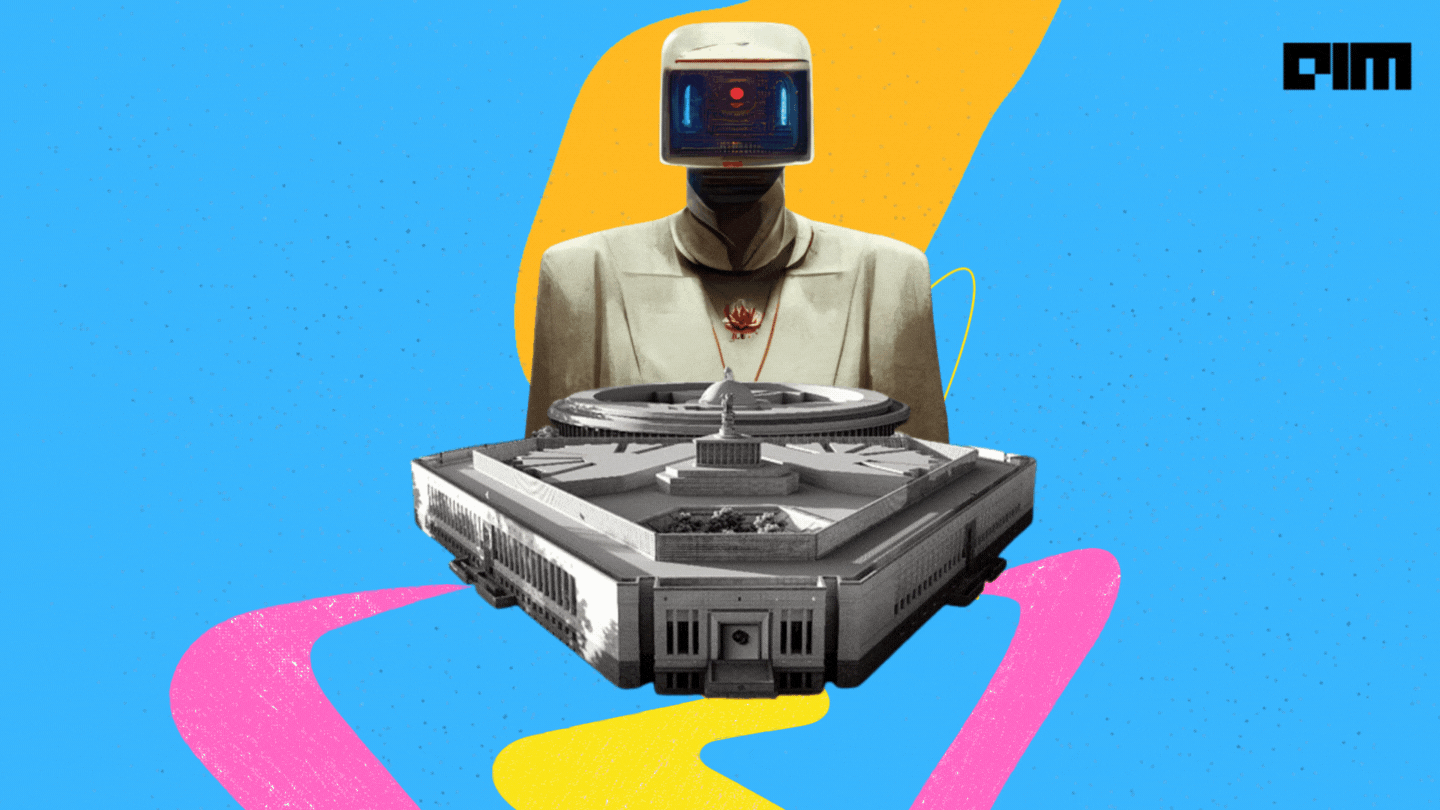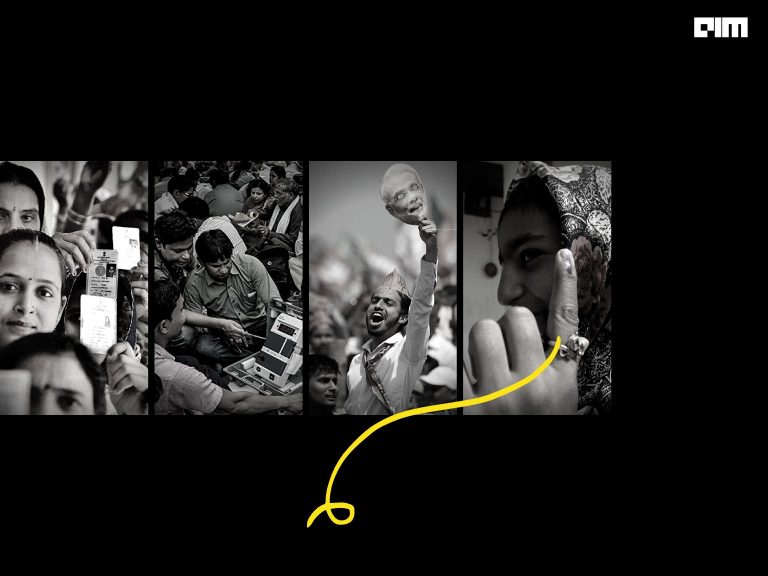|
Listen to this story
|
The parliament of South Africa is currently exploring the possibilities of using a chatbot to help their MPs. The inter-parliamentary union states that this chatbot is expected to assist decision-makers in determining the status of bills, resolutions, queries, and more. These bots would also address queries such as, “Where is the meeting location?” or “Has my trip been approved yet?”
While adopting an AI chatbot in daily operations is an idea worth considering, what if it were a legal authority similar to that of, for instance, a member of parliament? Chatbots may be of help to MPs for everyday operations today, but is it possible that these machines could evolve in a way that the function of MPs actually fuses with AI to drive better policy making?
With the hands-on experience of politicians and the efficacy of AI, future bureaucracy would be able to deliver much better, more personalised solutions to the citizens.
Much like the parliament in South Africa, a similar notion was explored when the Swiss think tanks for foreign policy, Foraus and Swissnex , were asked for recommendations to develop an AI strategy for Switzerland.
The chief proponent of this idea, Luca Brunner, a former Foraus board member, explained that the “AI-Bundesrat” would be in charge of the “big data department” and assist the government in making better judgments. For instance, it might give more details on how a certain policy would affect things or figure out how much a particular policy idea will cost.
Indigenous challenges
On November 26, 1949, India adopted its current constitution. At the time of its adoption, it was widely believed that the document would evolve with time and necessity. Article 81(2) of the constitution states—“There shall be allotted to each State a number of seats in the House of the People in such manner that the ratio between that number and the population of the State is, so far as practicable, the same for all States.”
Essentially, the higher the population, the greater the representation of that state in parliament. For example, UP has about 80 MPs in the parliament, but Karnataka, which is only 20% less in land area than UP, has merely 28 Loksabha seats.
While the gap in the representation of states is visibly significant, it has become quite an issue in the light of the government planning to announce an increase in the seats of MPs in Loksabha. No doubt, it’s a much-needed change in the parliament; it might also lead to an increased representation of states who failed to control their increasing population and vice versa.
How can AI solve it?
The responsibility of an MP usually revolves around representing the views and aspirations of the public in the parliament. However, since the states themselves are feeling underrepresented in the parliament, naturally, so is their population. To add to the problem, members of the parliament have consistently maintained low attendance rates for the inhouse sessions. With MPs only remaining in their seats for 47% of the planned time, the most recent Monsoon session was ranked among the least productive.
With such stats, citizens are likely to lose faith in their elected representatives. In 2018, the then chairman of RajyaSabha, Venkaiah Naidu had also commented along the same lines. Highlighting the lessening productivity of the house, Naidu had said, “People would lose their trust in lawmakers and the political class.” Further, according to a recent survey, approximately 51% of the European population was in favour of replacing lawmakers with AI, while around 75% Chinese citizens also expressed support for the proposition.
However, considering that India is still at an evolutionary stage and the government has grand plans for a digital India—why not have a digital MP? Much like the proposed “AI Bundesrat”. If operationalised, It may be less likely to be subject to personal prejudice or to grow weary. It will also have access to a vast quantity of data and will be more adept at analysing the state’s problems.
Introducing AI Council
India has a total of 28 states and 8 union territories (UT), all of which elect their representatives every five years to the parliament. Along with the representatives in the parliament, hypothesise a collective of 28 AI members representing their respective states and fighting for the citizens in need.
While it might seem implausible at present, the practical way in the near future might be to create an AI system with a permanent seat in the parliament and allow citizens of all states to register their grievances for redressal within this system.
Considering all the big data that the government has collected over the years, along with the data that the citizens themselves feed into the system through the state portals, it might be possible for an AI-based system to accurately underscore the problems that citizens are facing in a particular state and offer personalised solutions that could be implemented to resolve those problems.
In a given parliamentary session, the AI could present a set of ten problems faced by each state’s citizens that need to be addressed on priority, and the members of parliament could be mandated to deliberate on at least one of them from each set. This could indeed be the best form of digital democracy imaginable, in case such a system is ever implemented.
By analysing real-time data, the system would also be able to forecast how well a policy would work following implementation. In addition, citizens might also view the government as more inclusive and transparent, thereby encouraging harmony and openness from both sides.
Whether such a system comes to fruition in practice or not may very well be up to the forces at work in our parliament. The attempt, however, is to spark a dialogue. Some may find the concept of an AI member of parliament to be far-fetched presently, but wouldn’t that be true of all technologies in their nascent stages? Nevertheless, we believe that a great deal of evolution in this segment can be expected in the near future.
Stay tuned as we continue to explore how AI could be further integrated in traditional systems with industry experts.















































































